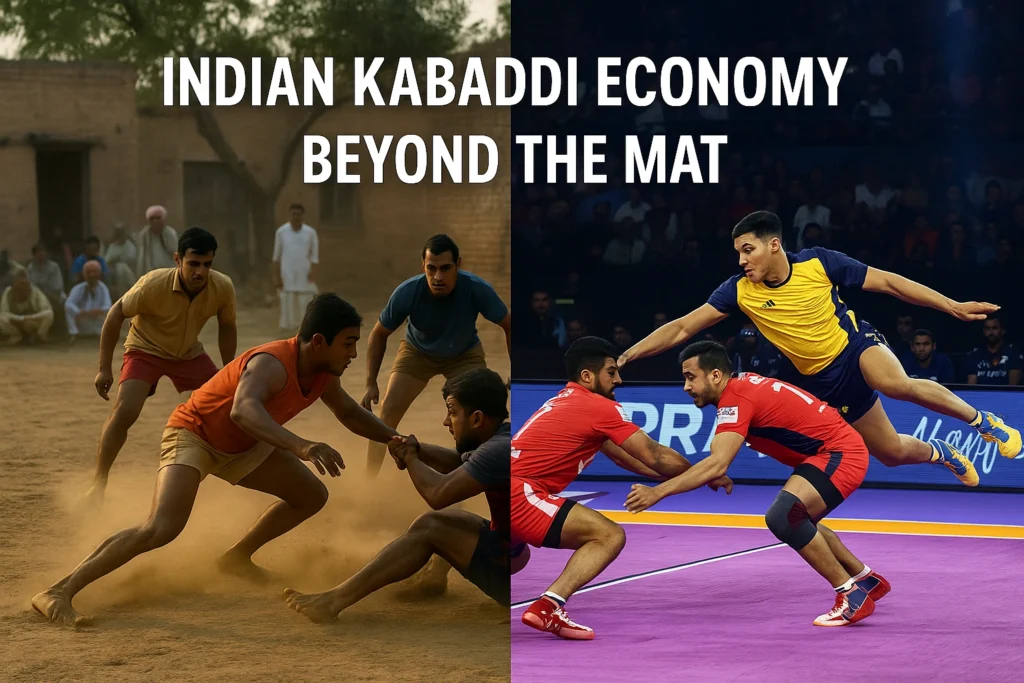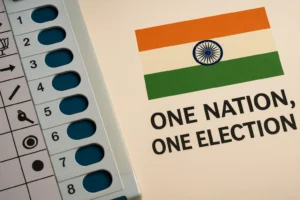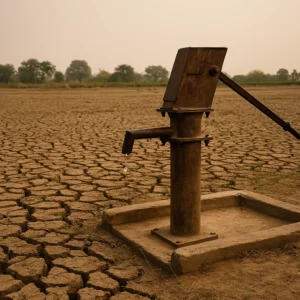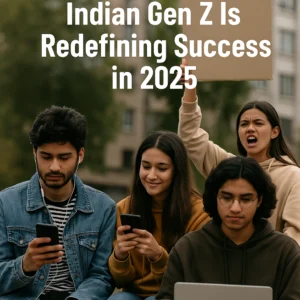Indian Kabaddi Economy: From Mud Fields to Multicrore Dreams

Kabaddi’s journey—rooted in rural grit, rising with commercial shine.
The Indian Kabaddi economy isn’t just growing—it’s mutating. From dusty village matches to multimillion-rupee leagues, Kabaddi has transformed into a televised war of agility and endurance. But the players who built it still sweat in silence, often unseen and unpaid. The men don’t wear helmets. No pads. No gloves. Just bare feet on sun-cracked soil, lungs heaving, eyes locked.
Now picture this: the same sport—spotlights overhead, branded jerseys, 20 cameras tracking each move, and streaming numbers in the tens of millions. One moment you’re raiding for a point; the next, you’re a trending clip on Instagram.
This is the strange dual life of Kabaddi in 2025. And it raises a harder truth: as the Indian Kabaddi economy grows into a billion-rupee machine, it might just be leaving its soul behind.
Table of Contents
When the Villager Becomes a Brand
Back in 2014, when the Pro Kabaddi League launched on TV, nobody expected it to last. Sports execs scoffed. Cricket fans ignored it. But something clicked. The hits felt real. The pace, raw. It wasn’t polished—but it was powerful.
Fast forward a decade, and the league is raking in sponsorships from top brands, with team owners ranging from industrialists to Bollywood stars. A recent estimate pegs the market value of the league above ₹900 crore. Not bad for a game that used to be played under trees.
But here’s where the thread frays. In this new Kabaddi world, the player often feels like the least important piece.
What They Don’t Show You on the Broadcast
Let’s talk about the money. Big brands come on board. Media houses lock in broadcast deals. Advertisers fight for mid-match slots.
And the players?
If you’re one of the league’s superstars, you might make ₹10–12 lakh a season. But the average player brings home far less—and that’s assuming he doesn’t get injured. Which, by the way, happens often. Kabaddi is brutal. The kind of game that takes years off your knees.
There’s no pension, no guarantee of a second season. If you get cut, that’s it. Back to the village. No fanfare. No safety net.
And this is happening while the Indian Kabaddi economy is being hyped as “India’s next big sports engine.” You have to ask—an engine for whom?
Meanwhile, Back in the Village…
Walk through Sonipat on a Sunday morning and you’ll still find local tournaments unfolding with handmade scoreboards and referees in plastic chairs. Some of these players are better than the ones on TV. But they don’t have access, connections, or even decent shoes.
Grassroots Kabaddi isn’t dying—but it’s struggling to breathe in the shadow of the glitzy league.
And here lies the irony: the rural belt still feeds the league its best talent. But very little of the Kabaddi wealth cycles back.
The Indian Kabaddi economy grows at the top. At the bottom, it’s mostly dust and dreams.
Also go through (Why the WPL Could Redefine Women’s Sports in India.)
The Invisible Players: Women
There was a time—brief, blink-and-you-missed-it—when a Women’s Kabaddi Challenge aired for a few days on national TV. Then it vanished.
Despite India’s women winning gold at the Asian Games and shining internationally, they’re still waiting for a seat at the main table. Sponsorships for women’s Kabaddi are almost nonexistent. Media coverage? Barely a whisper.
If half the country’s athletes don’t get half the support, can we really call this growth?
Digital Success, Real Disconnect
Social media loves Kabaddi now. Fantasy leagues have exploded. Your phone lights up with raid clips, tackle montages, and filter-laced promos.
For the league, this is good business. For the players? Depends. Digital virality doesn’t pay hospital bills.
Yes, the Indian Kabaddi economy now includes app downloads, data insights, merchandise, and fantasy team revenue. But the core of the sport is still people slamming into each other at full speed, hoping someone noticed.
And many don’t.
You can also visit How billionaire backing turned kabaddi into India’s No. 2 sport
What This Could Still Become
Kabaddi is still real. It’s not overrun by fluff like some modern sports. But it’s at a fork in the road.
Will the league become just another commercial property, glossy but shallow? Or will it reconnect with its roots—supporting players beyond a few viral seasons, investing in girls from villages, building local academies, and offering stability in a brutal sport?
The opportunity is there. So is the risk. Its a new era of sport.
The Indian Kabaddi economy could be a story India tells with pride. Or it could be another one where a few cash in while many fade out.




3 thoughts on “Indian Kabaddi Economy: From Mud Fields to Multicrore Dreams”